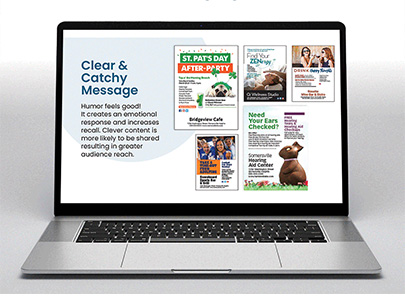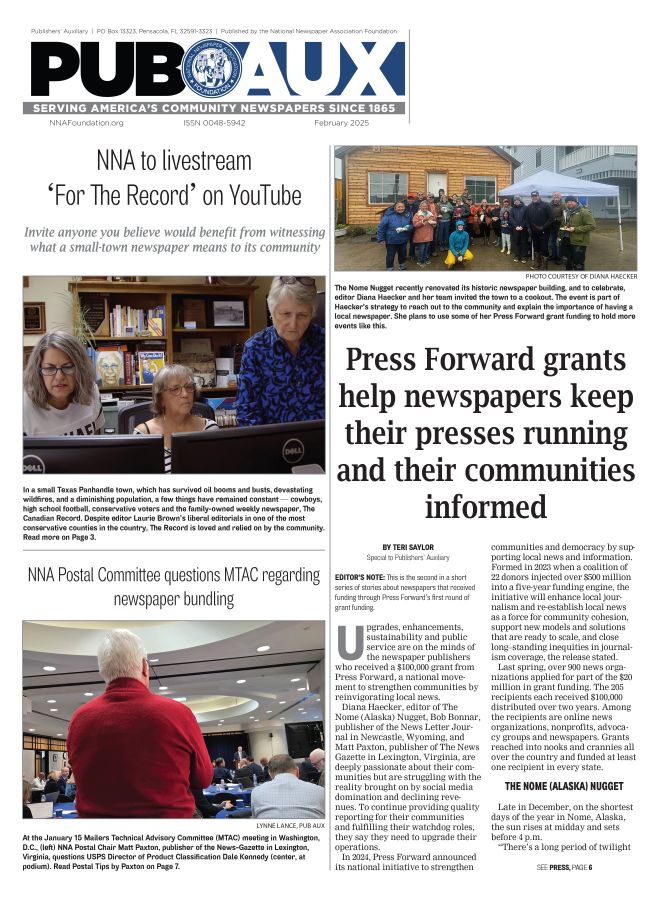What makes an ad campaign?
John Foust
Apr 1, 2023


Amanda told me about taking over the advertising account of a business that had been placing ads in her paper for a long time. “In our first meeting, the owner said he had been running what he called a ‘campaign’ for over a year. I pulled a few recent issues out of my briefcase and placed them on his desk.
“As we looked at his ad in each issue, I asked a few simple questions — how they were working, how he got the idea to run the same thing without any changes, and so on. He admitted that he initially thought running the same ad all the time would create name recognition. But eventually, he got so busy that advertising fell off his radar, even though the ads didn’t work as well as before.
“I told him that continually running the same ad is not really a campaign,” she explained. “Then we talked about the fact that a real campaign features a series of ads that connect to form a consistent image and consistent offers. A genuine campaign stays fresh, because something new is always happening.”
Does this sound familiar? Are there advertisers in your market who are stuck on the same ad, week after week after week? As you work with them, keep in mind that campaigns share some common traits. Here are a few:
1. SCHEDULE
Start by looking at a calendar. What should your client advertise in each month of the year? You don’t have to create the ads a year in advance; just think about the focus of each month. Make sure your planning includes ad sizes, budget distribution and suggested ad content.
Let the calendar be your guide. Certain products and services are marketed in cold months, and others are marketed in warm months. Then there are holiday sales, inventory clearances and anniversary sales.
2. CONSISTENCY
Imagine a Coca-Cola campaign with their famous red logo in one ad, a green logo in the next ad, and a purple logo in the next. Or an advertiser with bold, sans–serif headlines in some ads and light, serif headlines in other ads. It would be difficult for readers to associate both styles with the same advertiser.
The same goes for illustrative elements (photos and drawings), copy styles and ad sizes.
3. VARIETY
This is what keeps a campaign fresh. While a campaign should have the sameness of consistency, there should be a healthy helping of variety. Consider a neighborhood hardware store. This week’s promotion can feature offers on yard tools, and next week’s ad can highlight offers on grass seed and fertilizer. Or this week’s testimonial ad can feature customer A, and next week’s can feature customer B.
When Amanda described the ins and outs of campaigns to her advertiser, he agreed to try an authentic campaign. “As things progressed, his response rates improved,” she said. “Along the way, he became more involved in his advertising. That was good news for everybody – his business, his customers and our paper.”
John Foust has conducted training programs for thousands of newspaper advertising professionals. Many ad departments are using his training videos to save time and get quick results from in-house training. Email for information: john@johnfoust.com










